History

Our History
The First Peoples of Louisiana
The Adai Caddo are amongst the first tribes met and documented by European explorers in the present-day United States. The first explorer and Spanish conquistador, Álvar Núñez Cabeza de Vaca met the Adai Caddo in 1530.
- First Louisiana tribe encountered and documented by European explorers
- Host and eponym of the first and second Catholic missions in Louisiana (San Miguel de Linares de los Adaes and San Miguel de Cuellar de los Adaes)
- Host and eponym of the first capital of Texas for 50 years (Los Adaes)
- Portions of the El Camino Real are the Indian trails connecting the Adai Caddo villages, which passed through Los Adaes
- The Spanish and French documented Adai Caddo village locations from the Red River in Louisiana to the Trinity River in Texas
- Helped establish and defend the oldest towns in Louisiana and Texas (Natchitoches and Nacogdoches)
- Rescued and nursed back to health the famous explorer Jean-Baptiste Bénard, Sieur de la Harpe (founder of the first European settlement in North Texas)
- Oldest and longest serving ally of the Louisiana colony
- Recognized and documented as an Indian Nation for over 300 years
- The only Indian Nation listed on French, Spanish, Portuguese, and British treaty maps in the region today known as Sabine, DeSoto, Vernon, Beauregard, and Natchitoches Parishes
- Fought in the successful Galvez Expedition of the American Revolution which led to the creation of the United States
- Fought and helped save New Orleans in the War of 1812
- The tribe has an astonishing military record. Of its current members, 25% of the men have previously or are currently serving in the military. That national average is 6%.
- One of the few tribes in the U.S. who never sold or left their lands. The Adai Caddo still live, own, and work their ancestral lands.
- State-recognized as one of Louisiana's Indigenous and sovereign tribes

Coming soon...Timeline

Historical Names of the Adai Caddo
Spanish, French, and Anglicized
Like other Native American tribes, the Adai Caddo did not have a written language. Much of what is known of their history from the 16th through 20th century was documented by Europeans, colonials, and later, Americans.
Historical records refer to the Adai Caddo by many names, including Adaes, Adage, Adahi, Adaies, Adais, Adaise, Adaizan, Adaize, Adaizi, Adayas, Adayes, Adiais, Adios, Adois, Adyies, Atai, Ataho, Atayos, Atoyo, Caddoan Adai, Hadai, Hatai, Nadai, Nadas, Natao, and Yatay.
The variations are largely due to the various languages of Spanish, French, and English, as well as the dialects spoken by explorers, traders, historians, ethnologists, linguists, and government officials over the past 500 years. The name and spelling of Louisiana underwent a similar experience: La Louisiane, Louisianne, Luisiana, and the Territory of Orleans.

A Spiritual People
In the beginning....
The Adai Caddo are a spiritual people. The Adai Caddo requested the first missions in the state to be established on their lands. They helped build, maintain, and defend the missions. Over the centuries, The Adai Caddo helped establish other mission churches forever becoming part of the old Natchitoches Diocese, Alexandria Diocese, Shreveport Diocese, Tyler Diocese, and the enduring presence of Christian faith in the region.
In 1690, Alonso de León established the first Catholic mission in present-day Texas, San Francisco de los Tejas near the Trinity River and present-day Augusta, Texas. Franciscan records show the Adai Caddo frequented the mission until its closure in 1693. This is the origin of the Tyler Diocese.
In 1716, at the request of the Adai Caddo, Fray Antonio Margil de Jesús built the first Catholic mission in present-day Louisiana. He named the mission for the Indians it would serve, San Miguel de Linares de los Adaes. The mission was approximately 13 miles east of Natchitoches. Five years later, the second Catholic mission in Louisiana was built nearby. Once again, the mission would bear the name of the Adai Caddo, San Miguel de Cuéllar de Linares de los Adaes. The Adai Caddo baptisms and marriages are among the first entries in the oldest Catholic registries in the state.
By the 1820s, the Adai Caddo had built Catholic missions and chapels in the disputed territory known as No Man’s Land between American Louisiana and Spanish Texas. Traveling priests would be surprised to find these chapels and their devout Adai Caddo parishioners. Today, this region includes portions of Sabine, Vernon, and Natchitoches Parishes.
In 1856, the mission of St. Augustine at Isle Brevelle was decreed by Bishop Auguste Martin to be a parish in in its own right. St. Augustine Church (also known as Isle Brevelle Church) is located on an island and named for its founder, Jean Baptiste Brevelle II who was an Adai Caddo Indian. The parish church expanded to serve four other missions in the area: St. Charles at Bermuda, St. Joseph’s at Bayou Derbonne, St. Anne’s on Old River, and St. Anne’s at Spanish Lake (La Laguna de los Adaes).
Today, the Adai Caddo still attend St. Anne’s and many are buried on the church grounds and at nearby St. Anne Cemetery, both of which are located near the Adai Caddo Cultural Center. In 2024, in recognition of generations of Adai Caddo being baptised, married, and buried at churches bearing her name, the tribe officially designated Saint Anne as it’s patron saint within the registry of the Alexandria Diocese.
Saint Kateri Circle
Saint Kateri Tekakwitha, also known as the “Lily of the Mohawks,” was a 17th-century Mohawk-Algonquin woman who became the first Native American to be canonized as a saint by the Catholic Church. She is venerated for her heroic faith, virtue, love of Jesus, and faithfulness to her people’s traditions. A Kateri Circle is a group of faithful Catholics, non-Catholic Christians, and/or seekers who desire to be in community with one another through a lifestyle of prayer, service, and worship. The spirituality of these communal groups springs from a strong devotion to the intercession and virtuous and holy life of Saint Kateri Tekakwitha and dedicated to the ongoing advocacy and evangelization on behalf of the many communities of Indigenous Catholics across North America. The Adai Caddo Indian Nation is a proud member of the Saint Kateri Circle of the Alexandria Diocese.
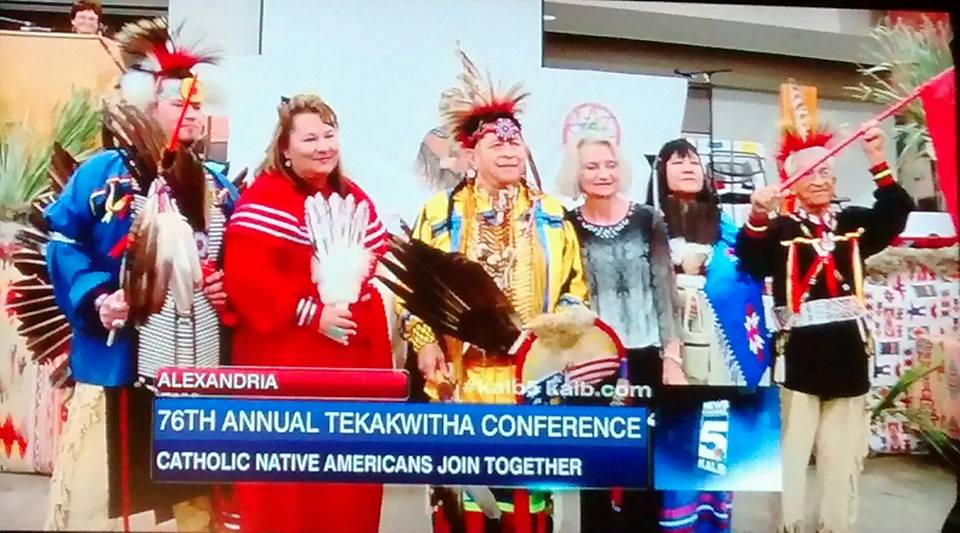
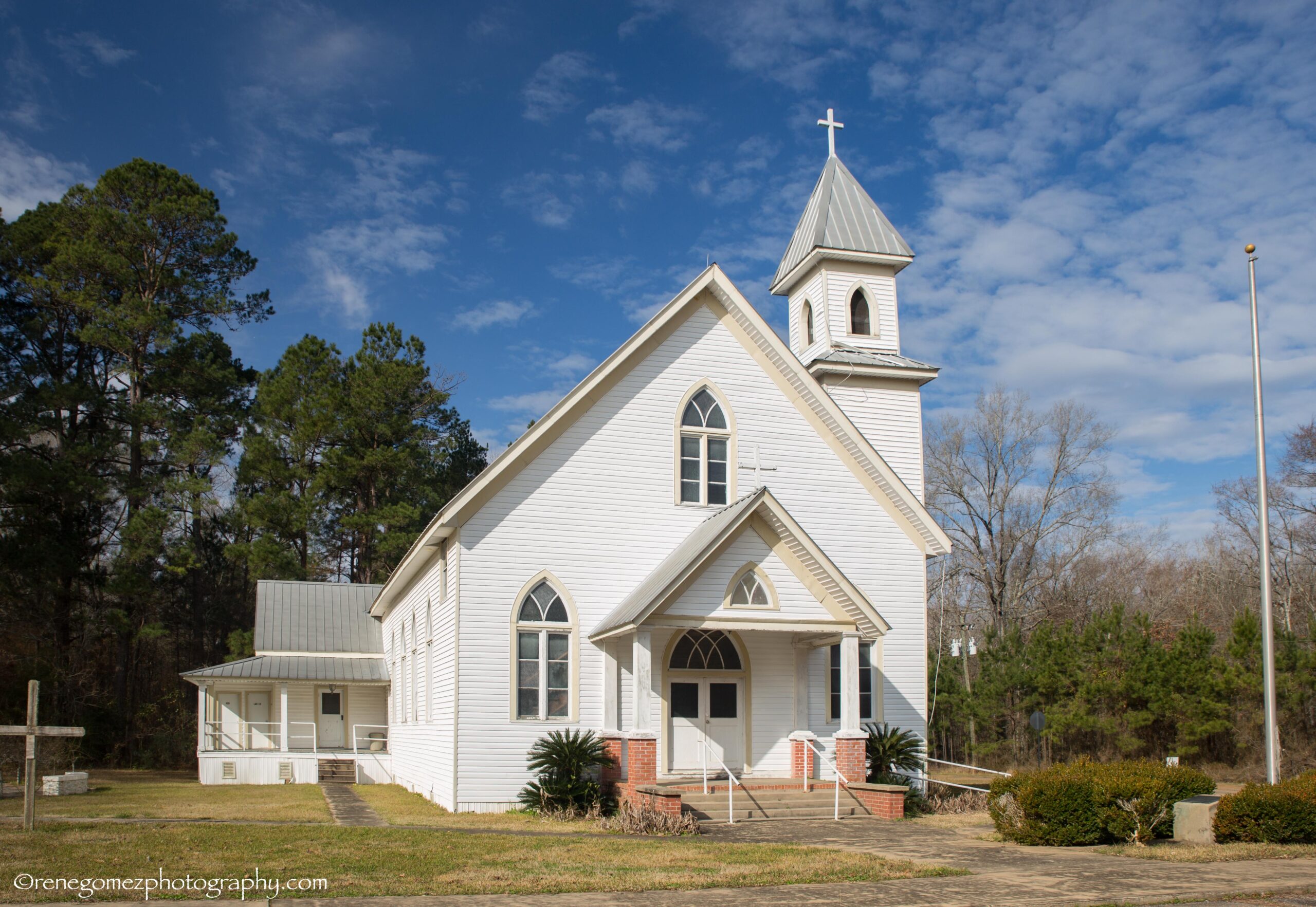
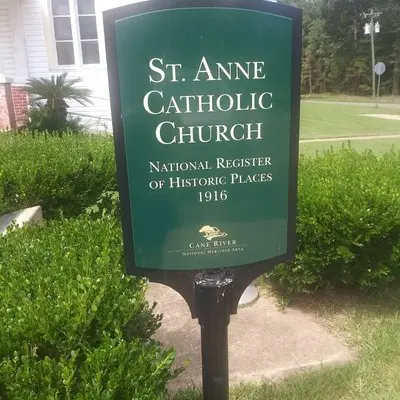
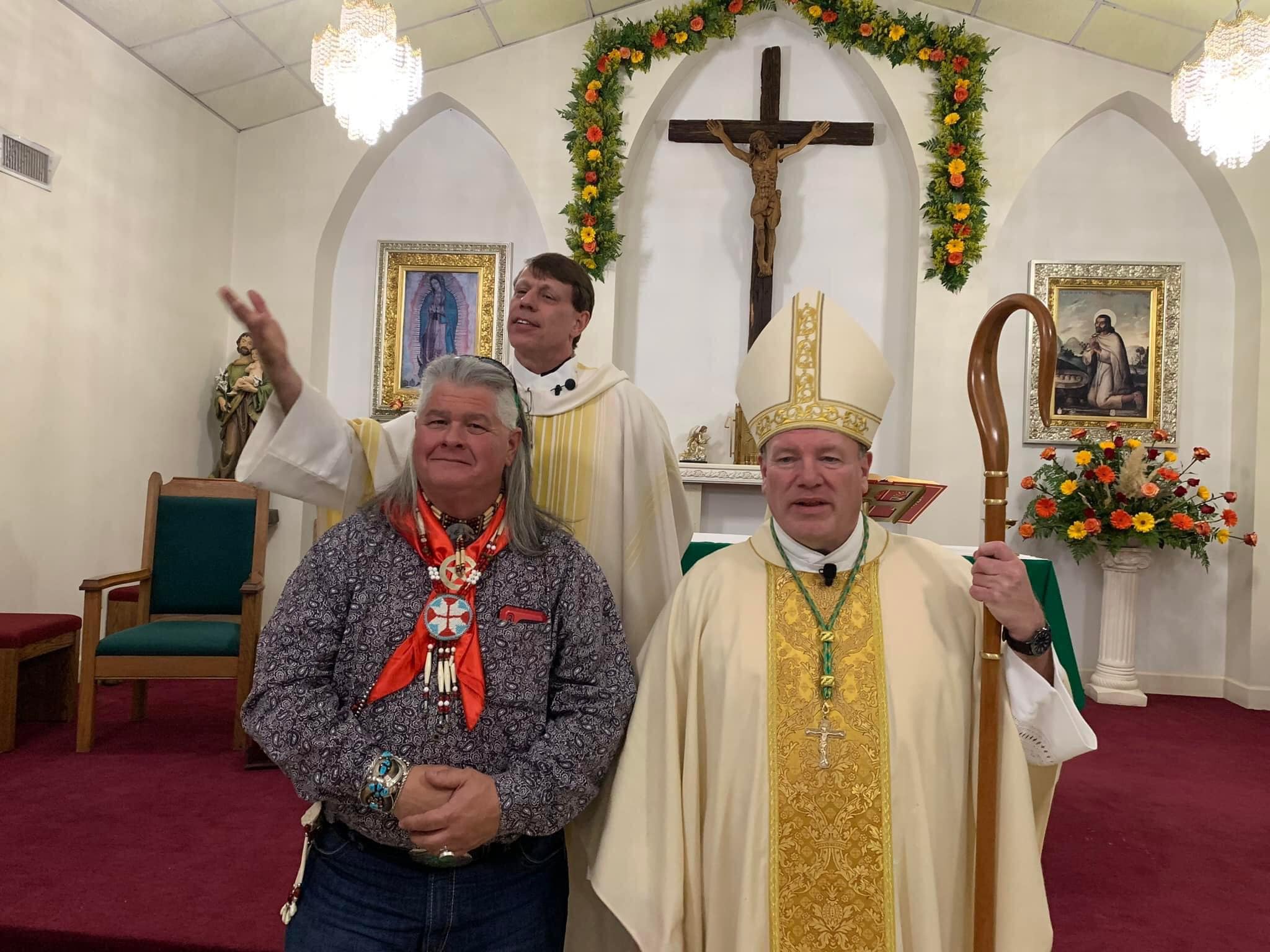
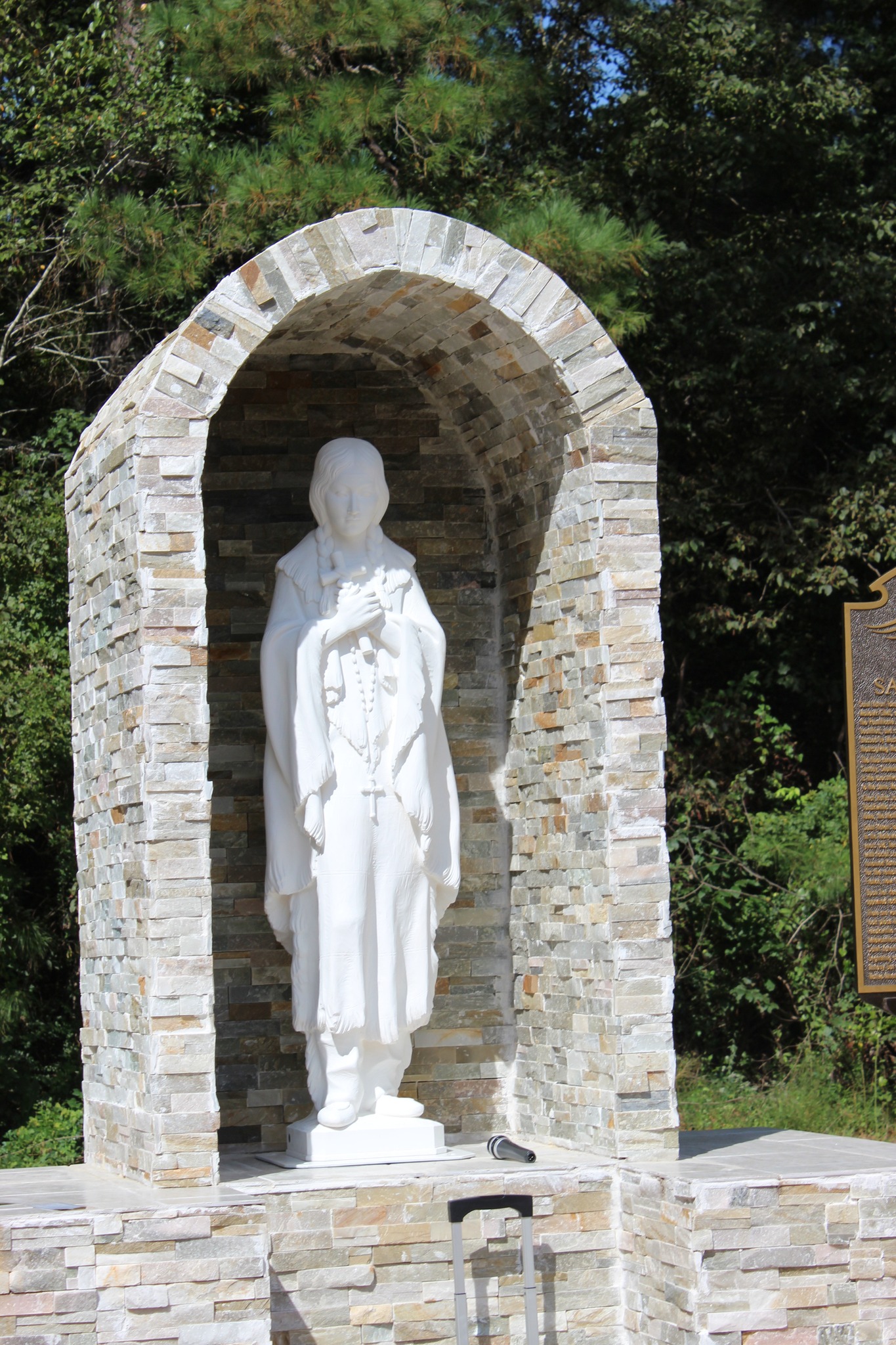
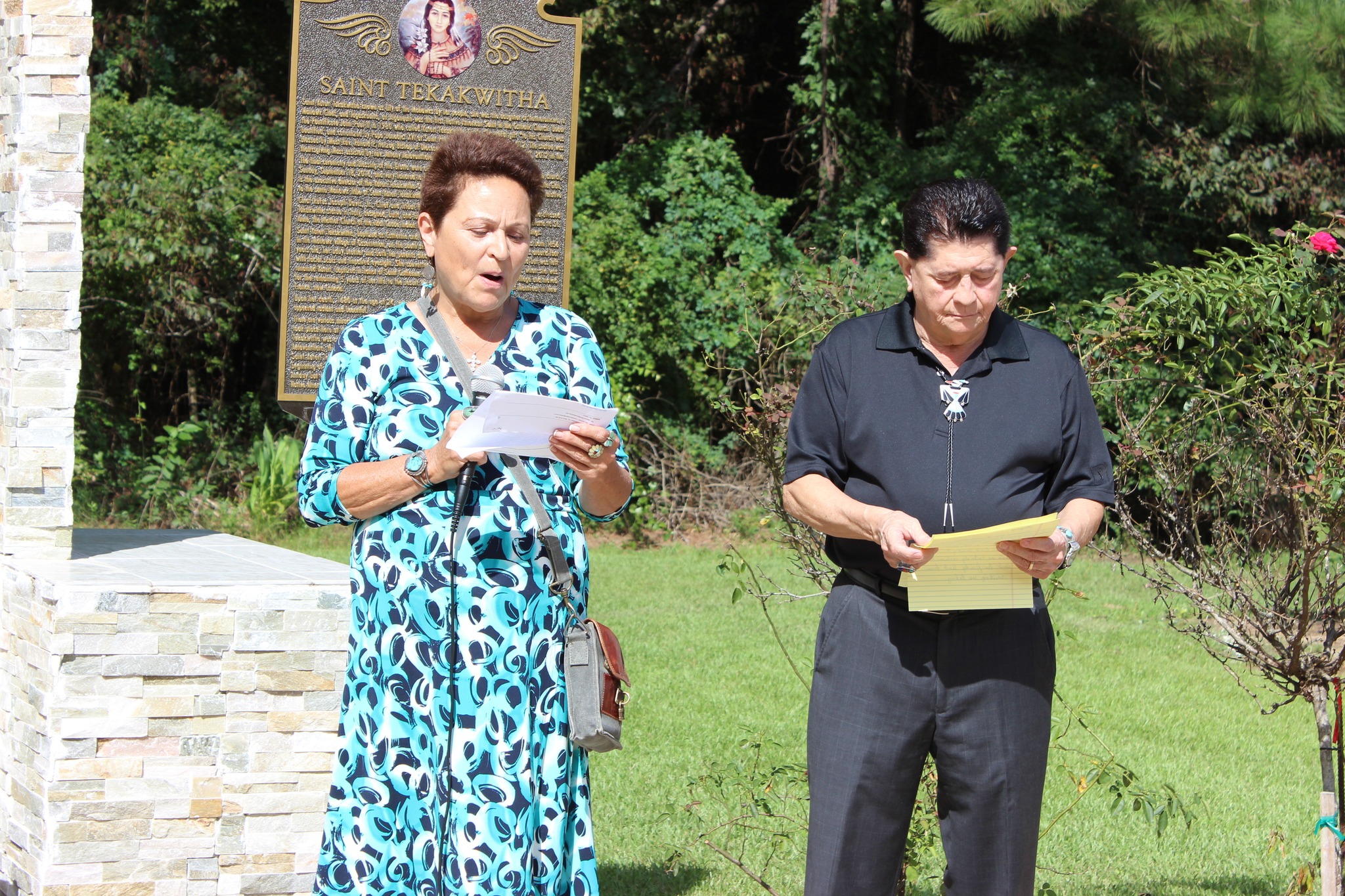
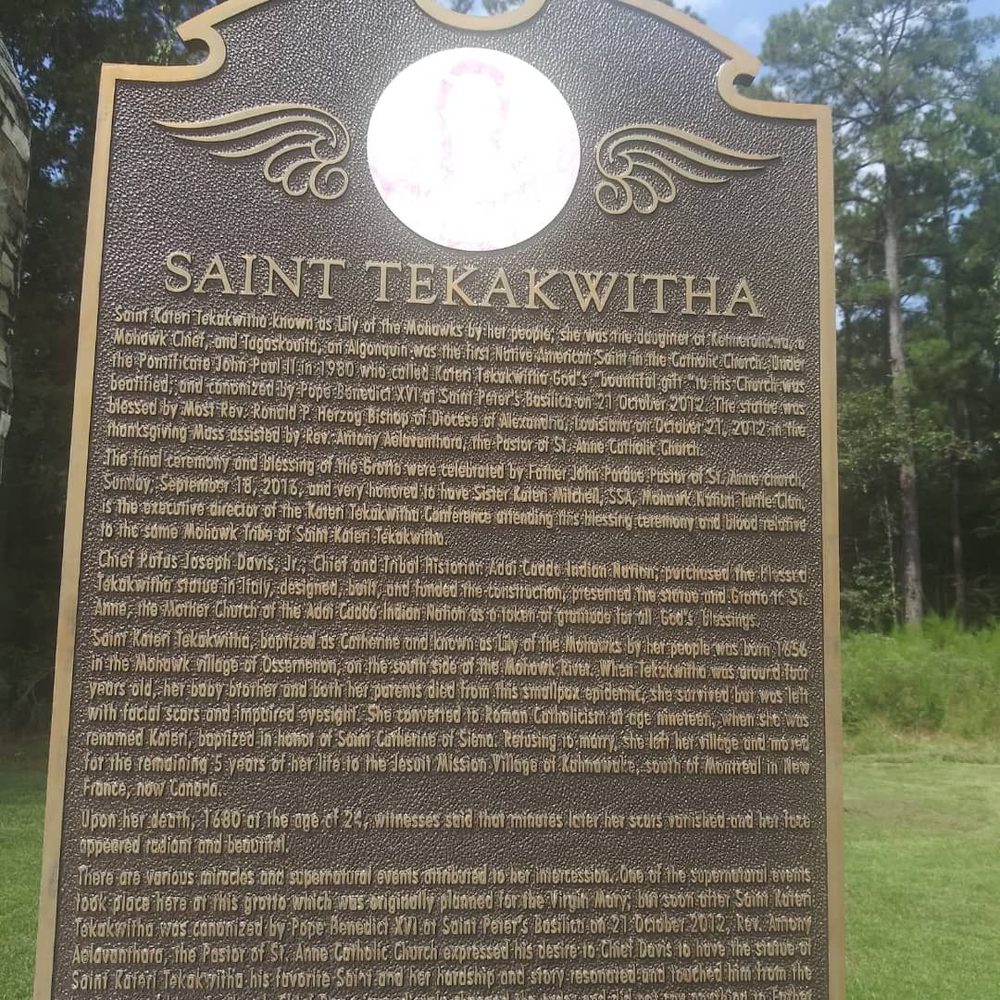
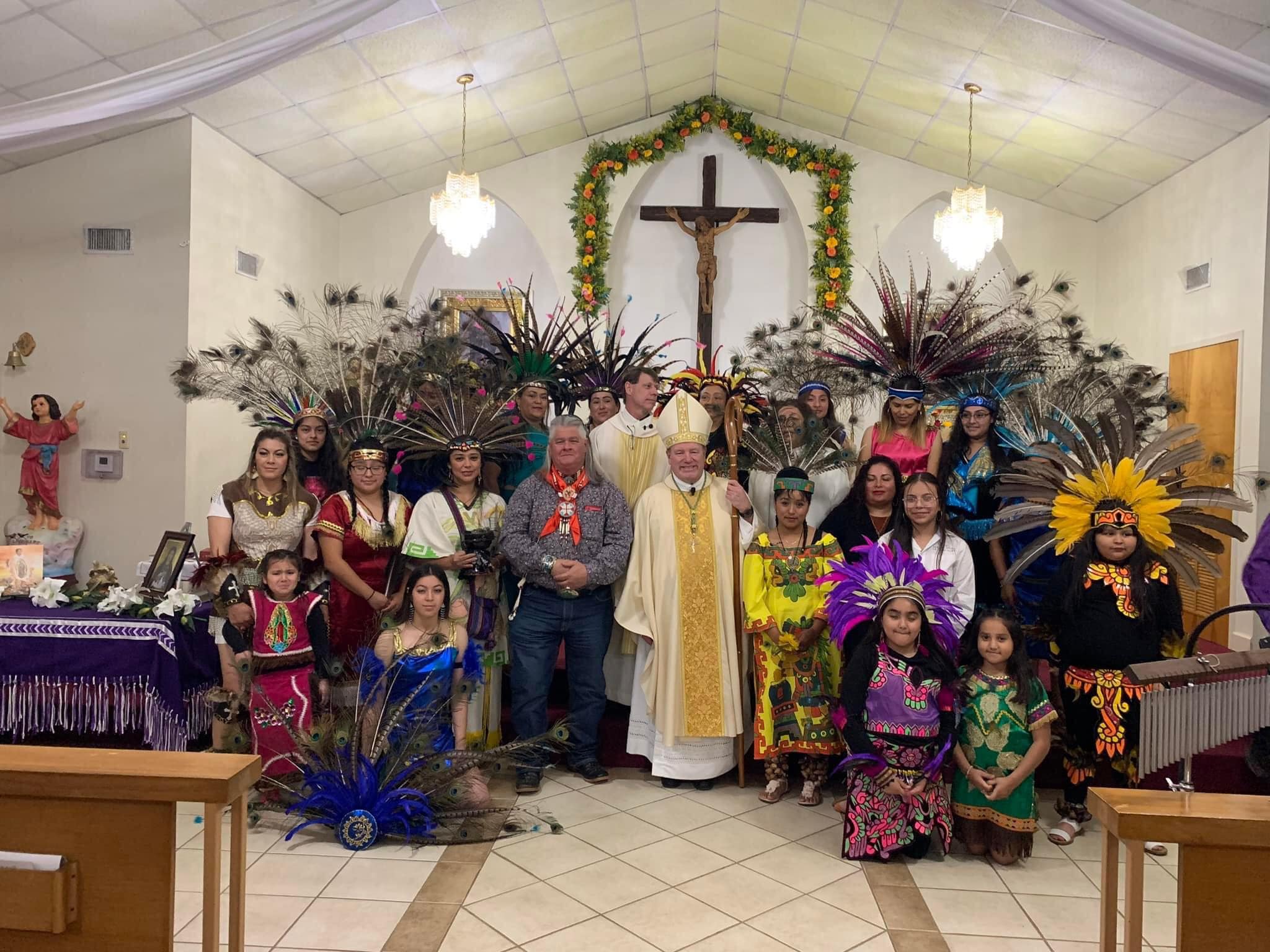
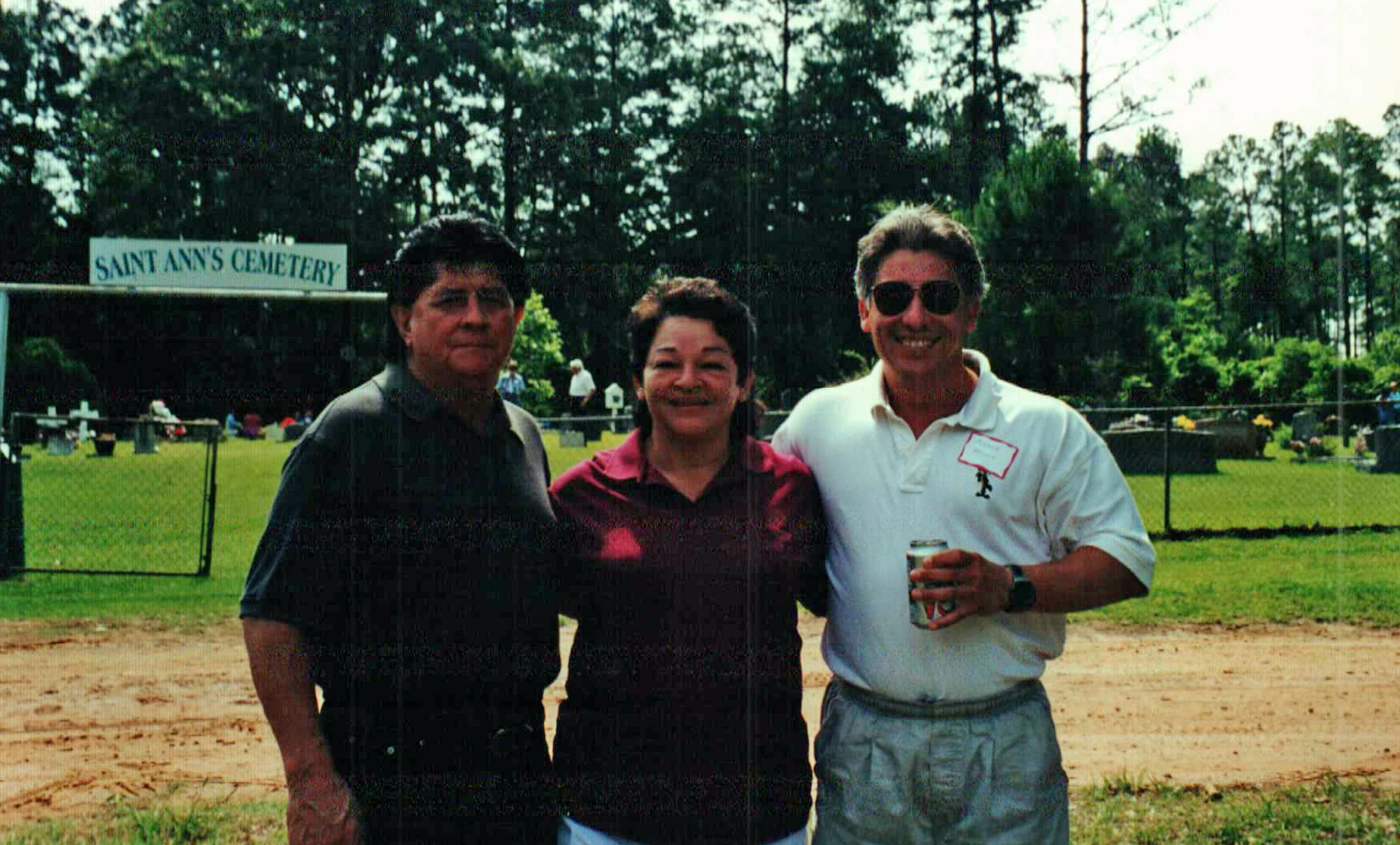
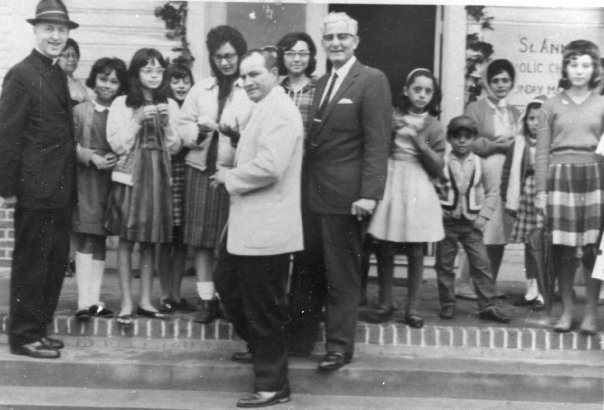
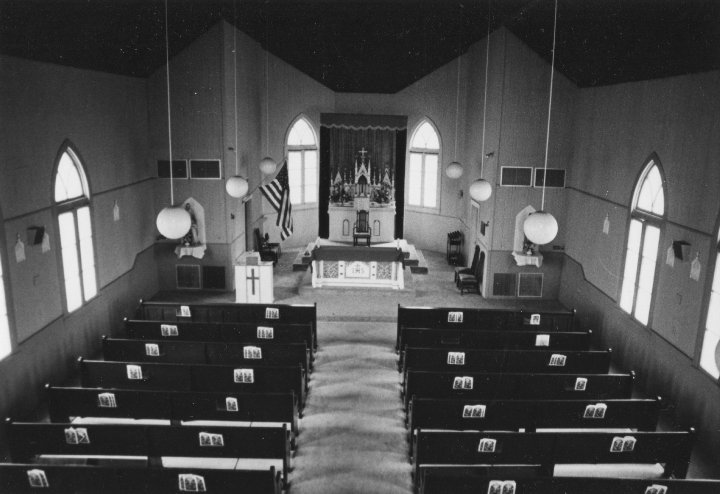
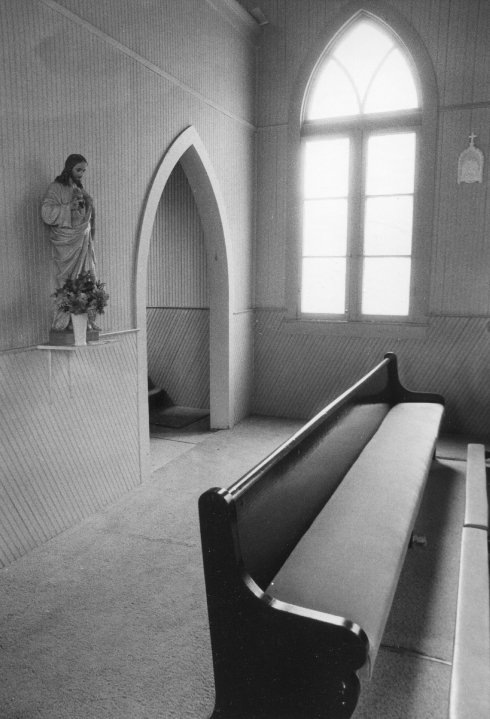
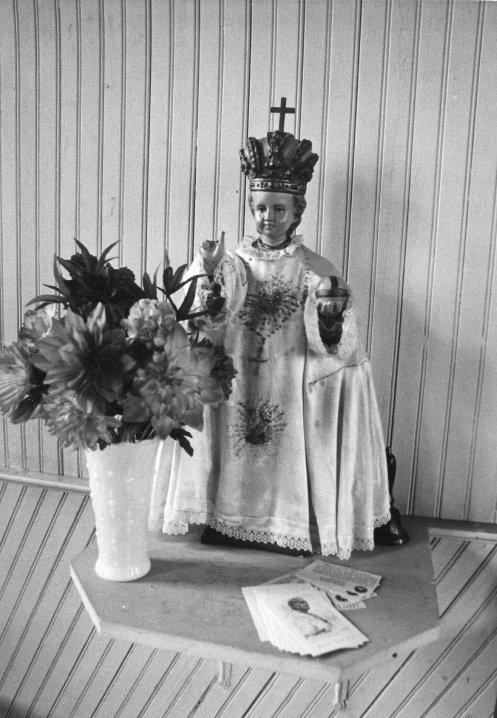
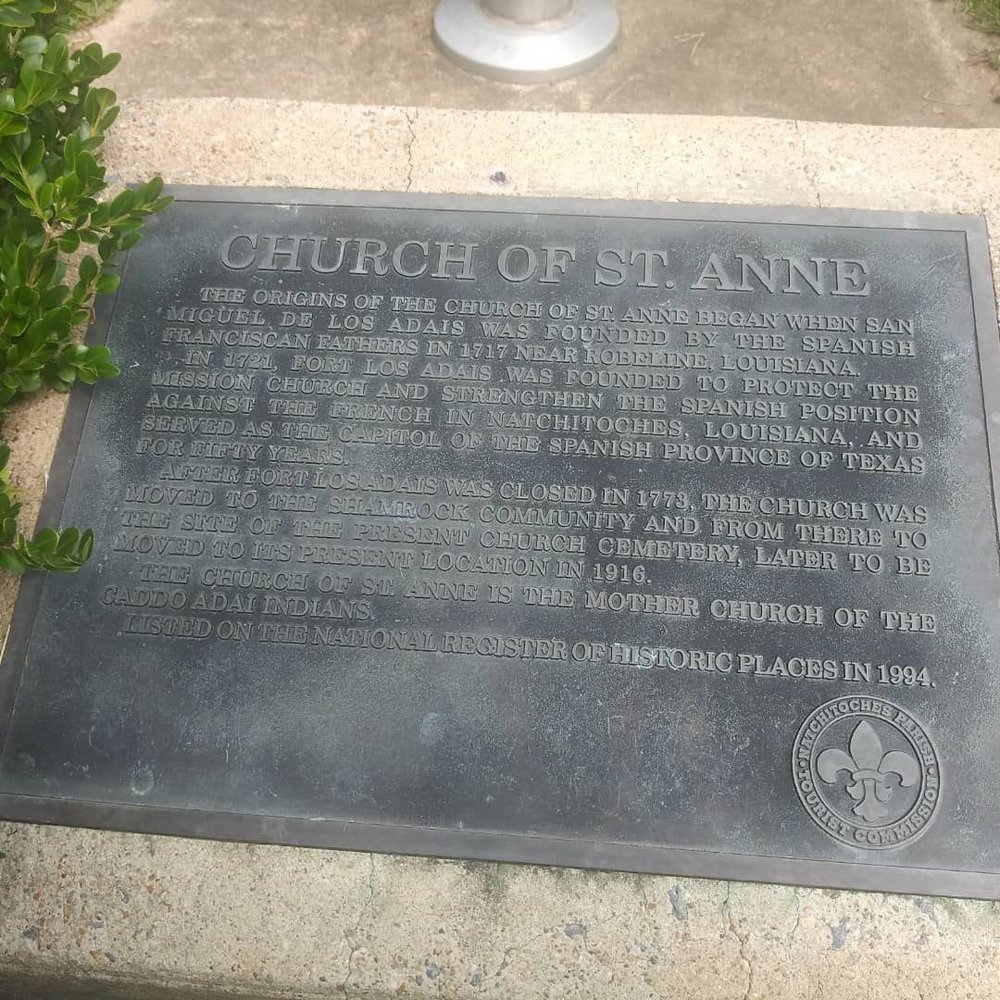
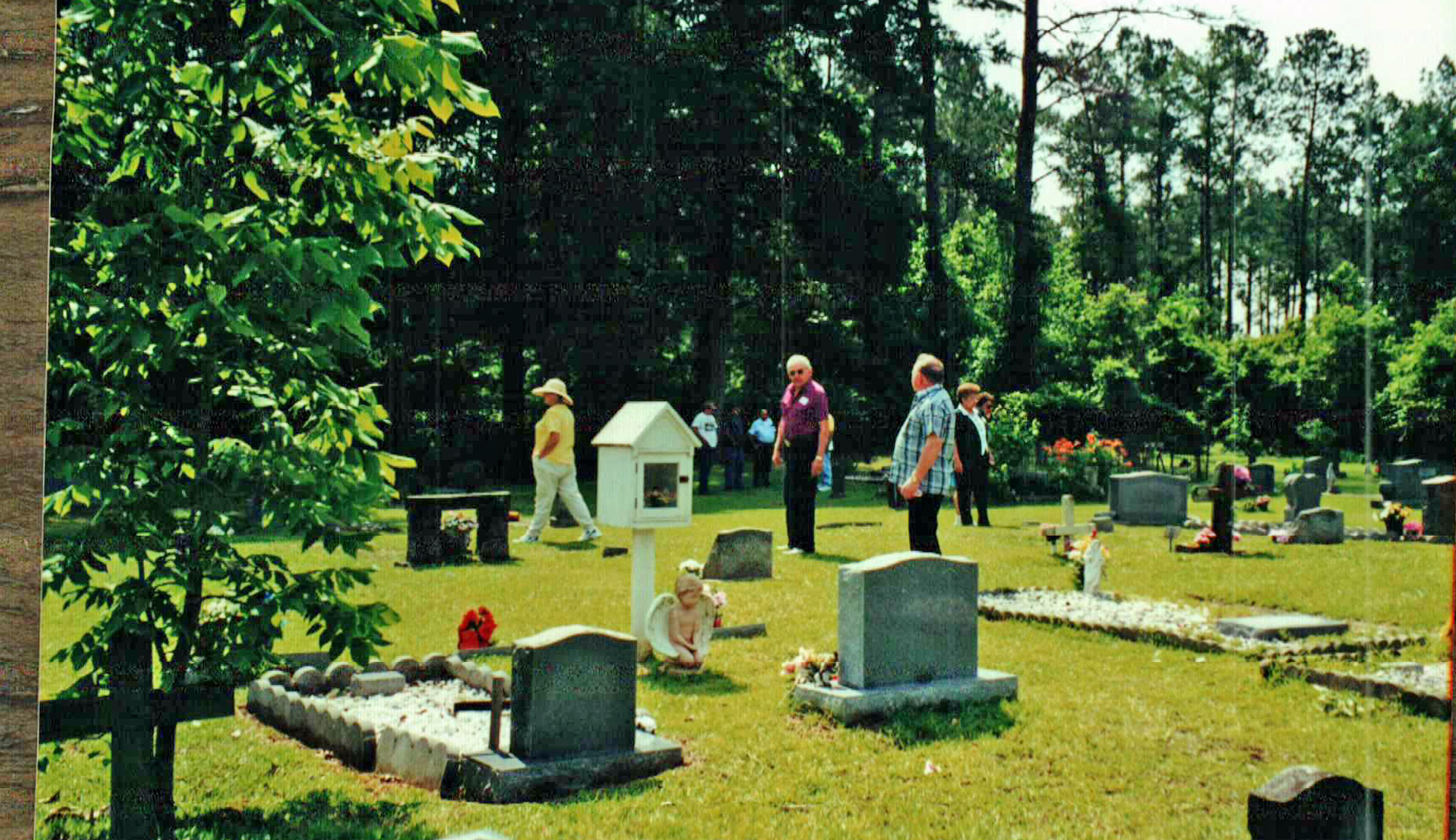
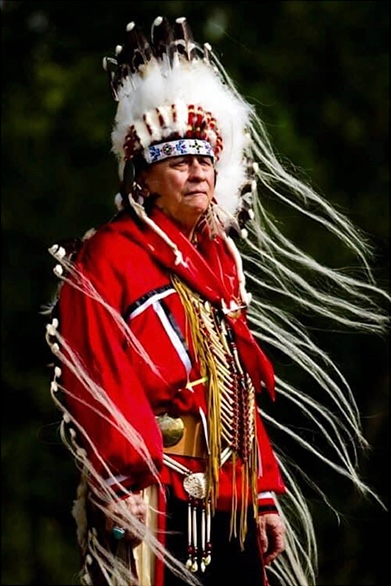
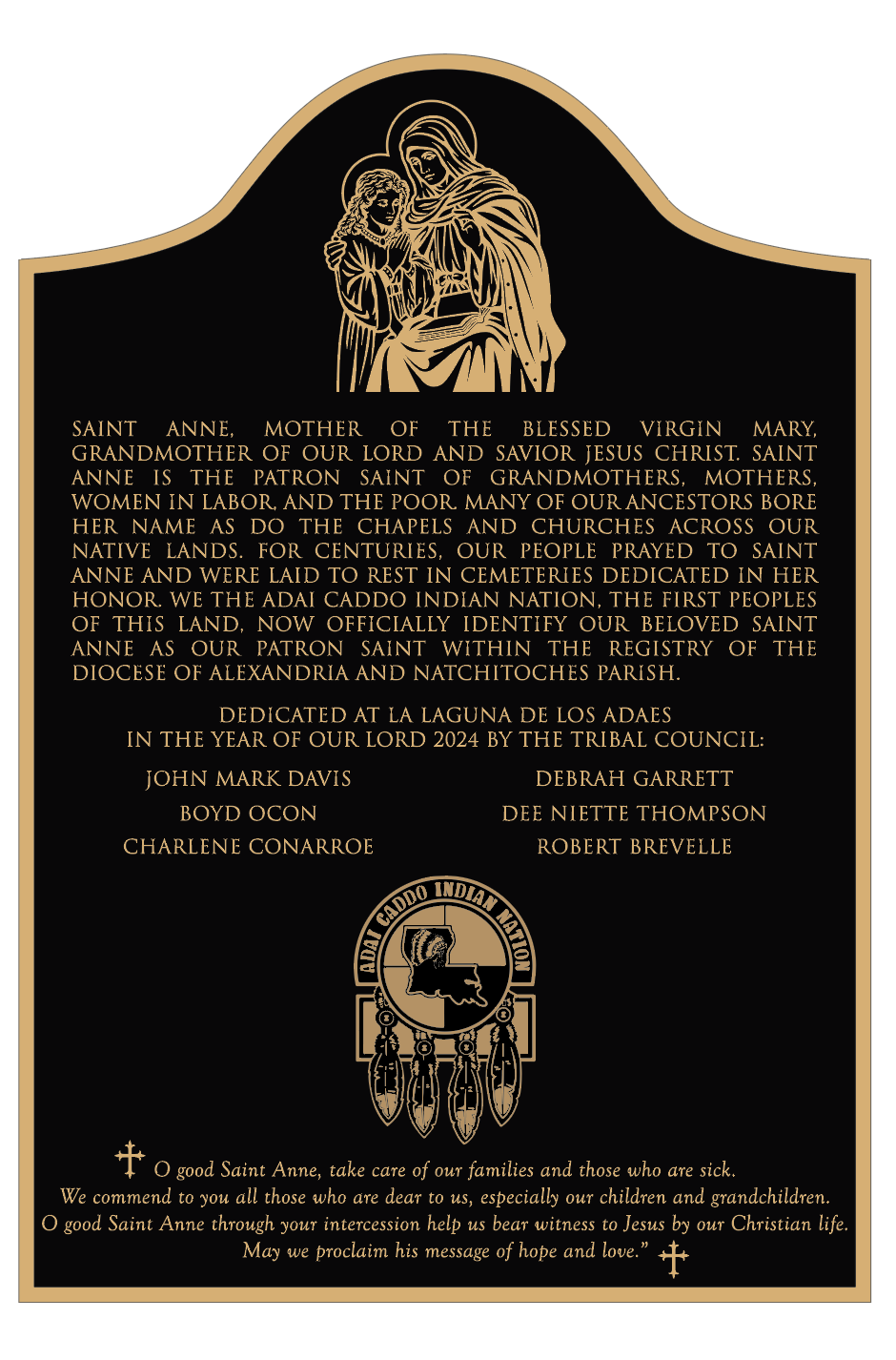
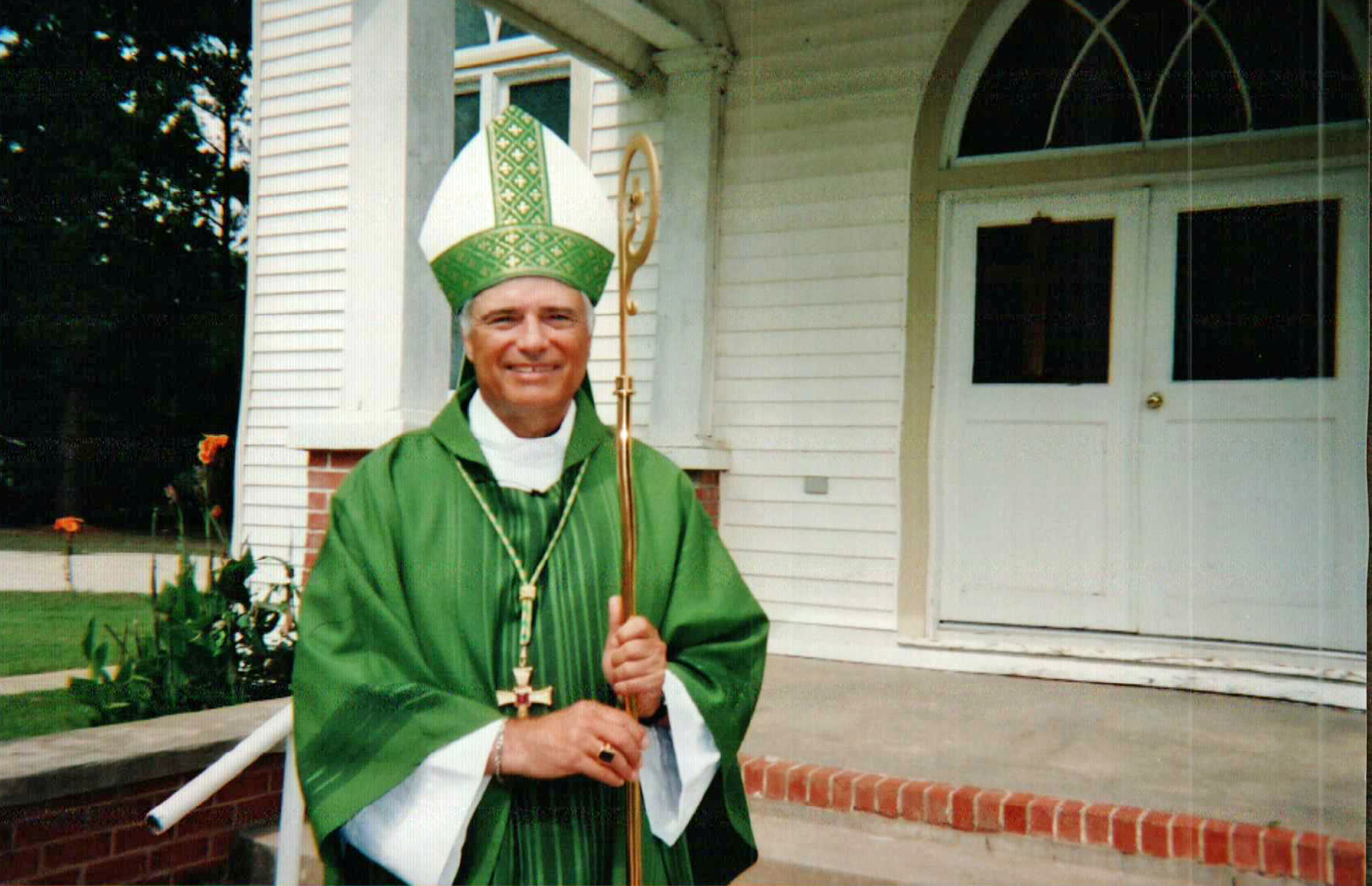
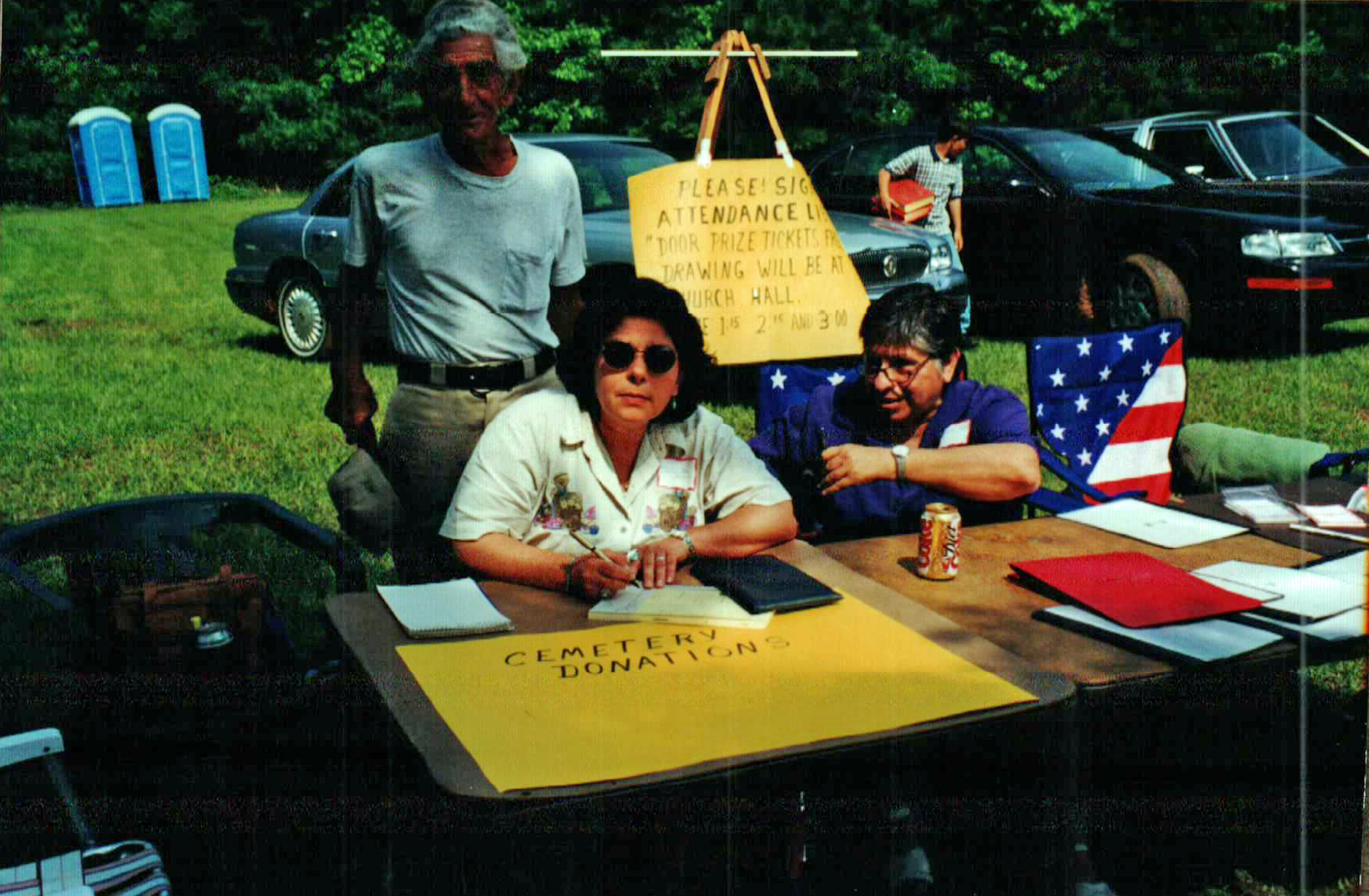
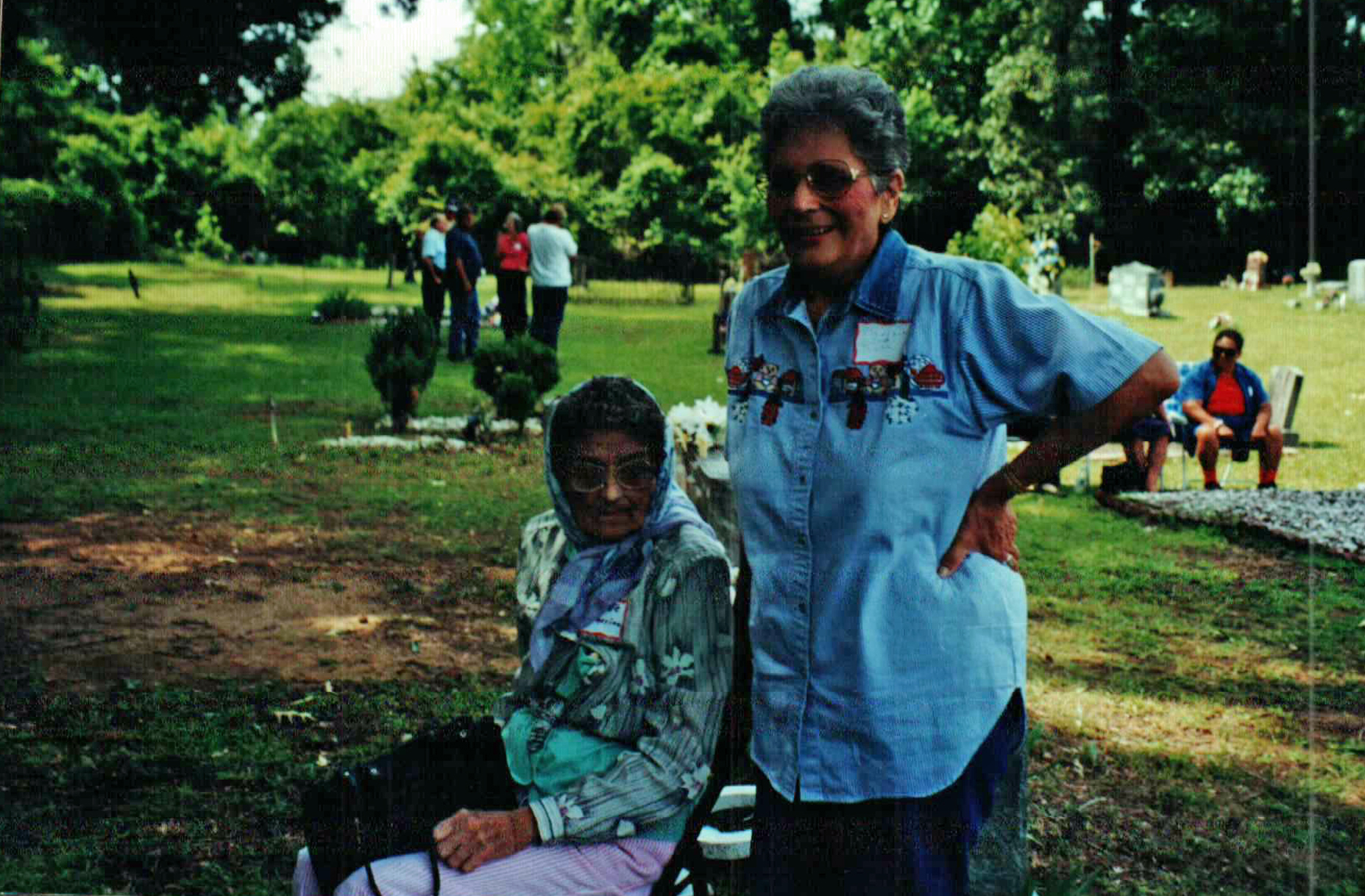
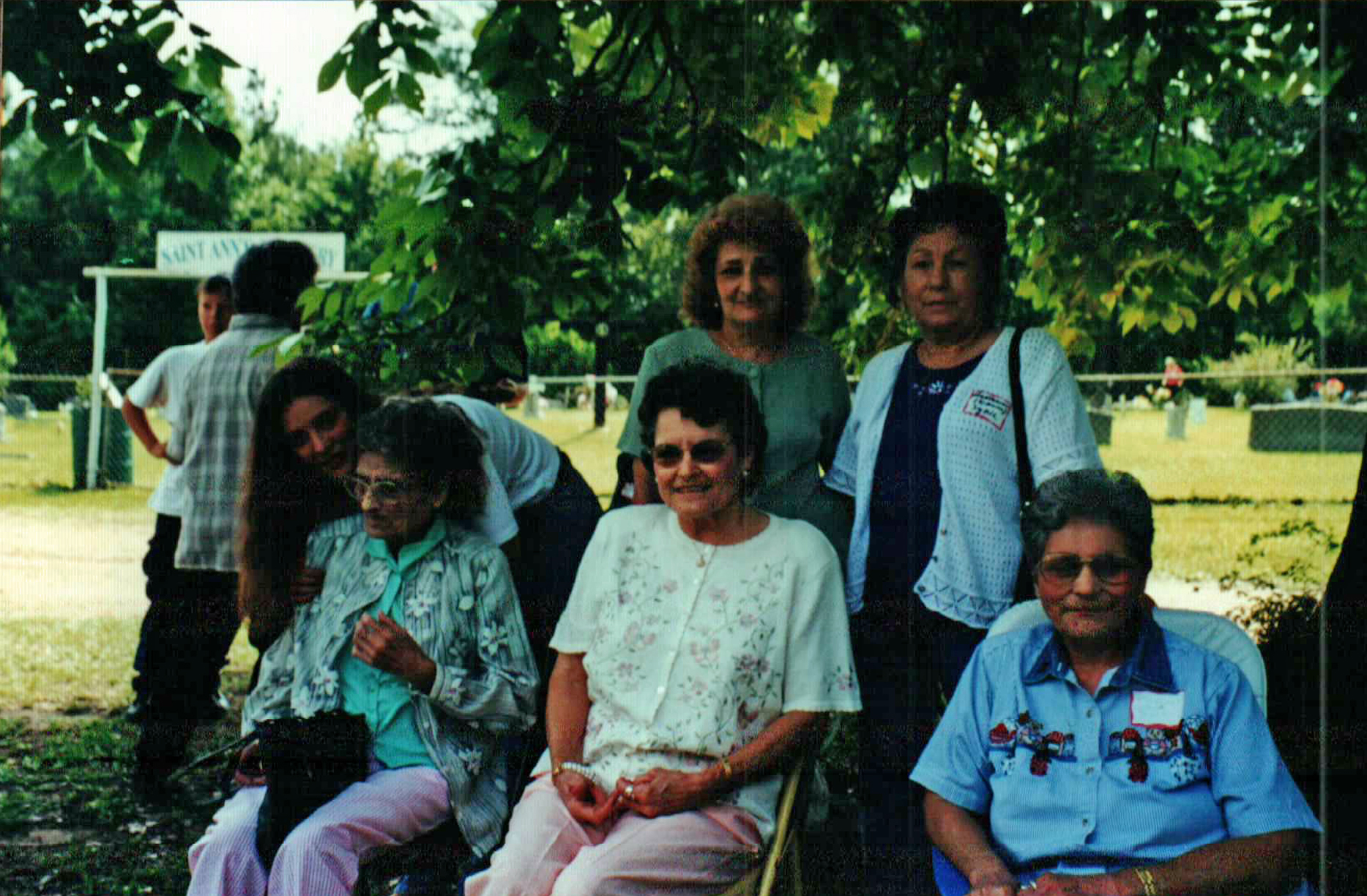
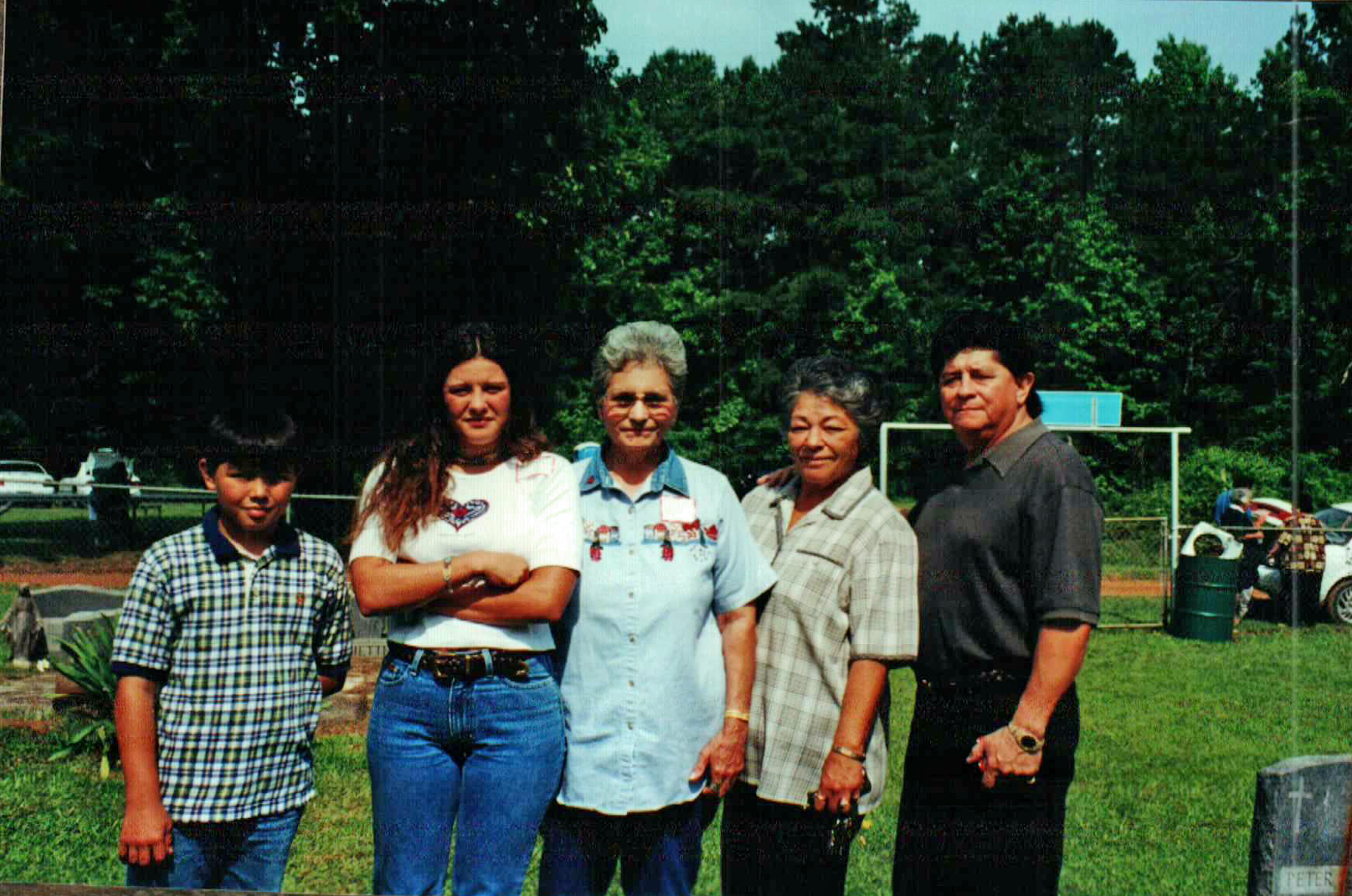
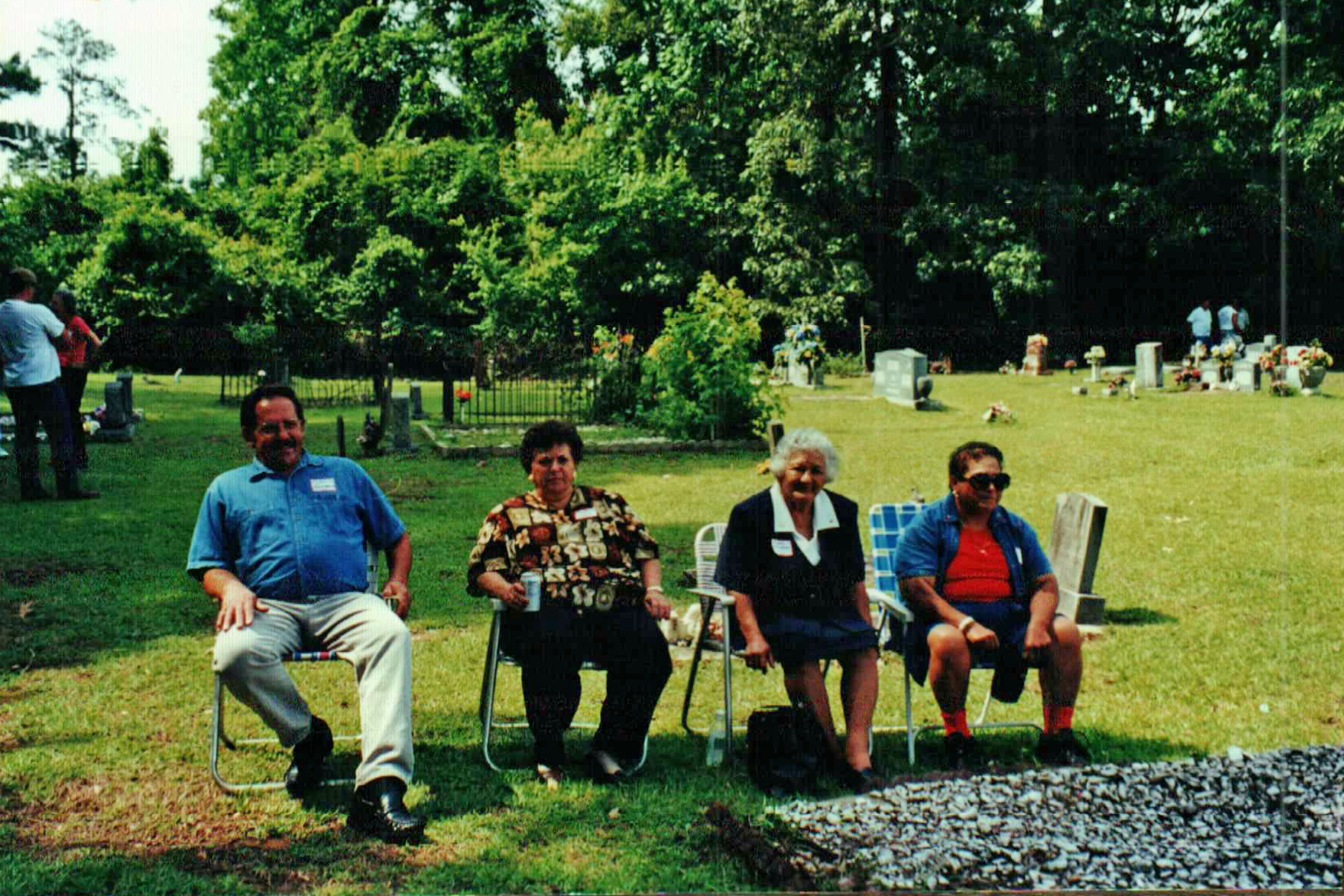
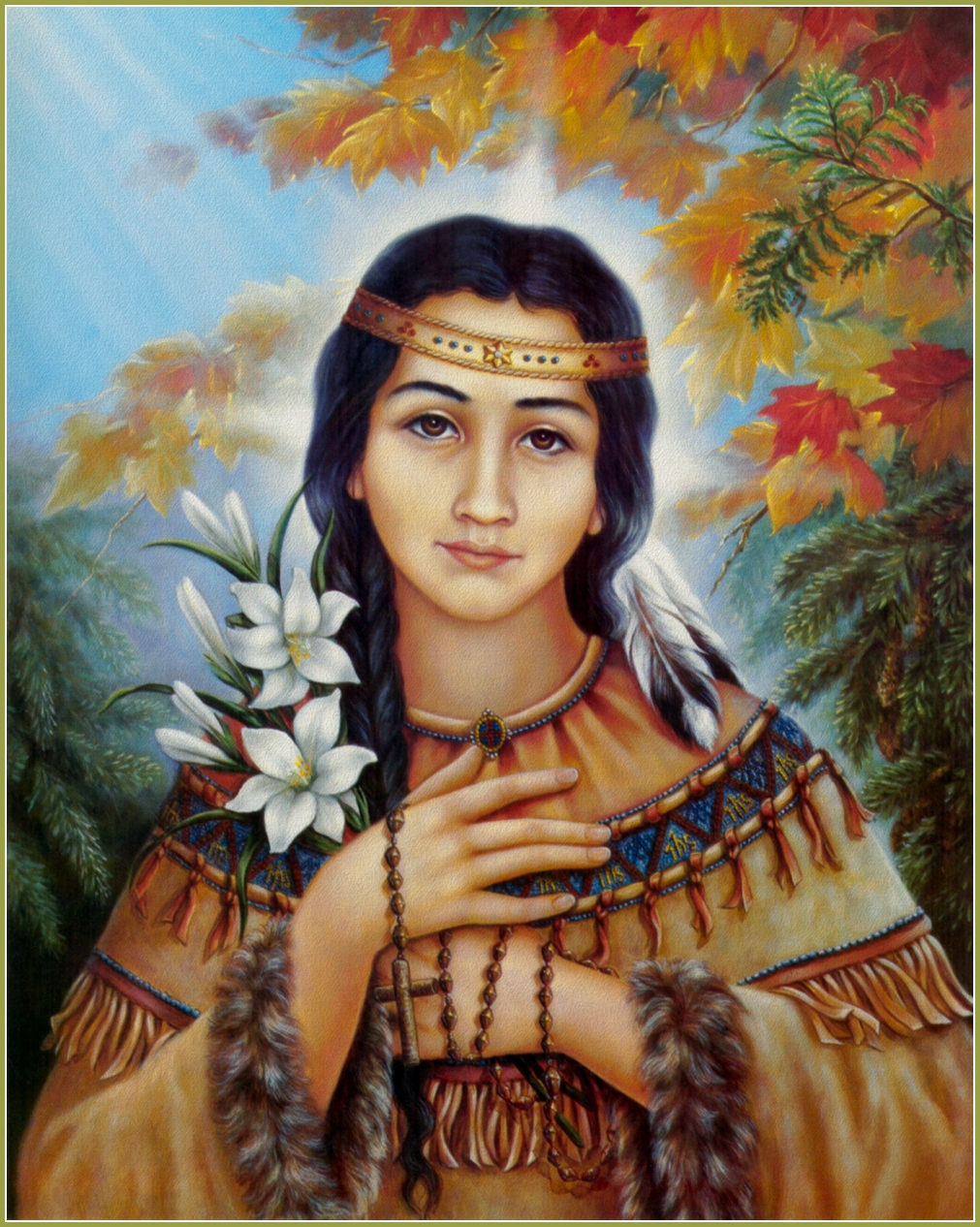

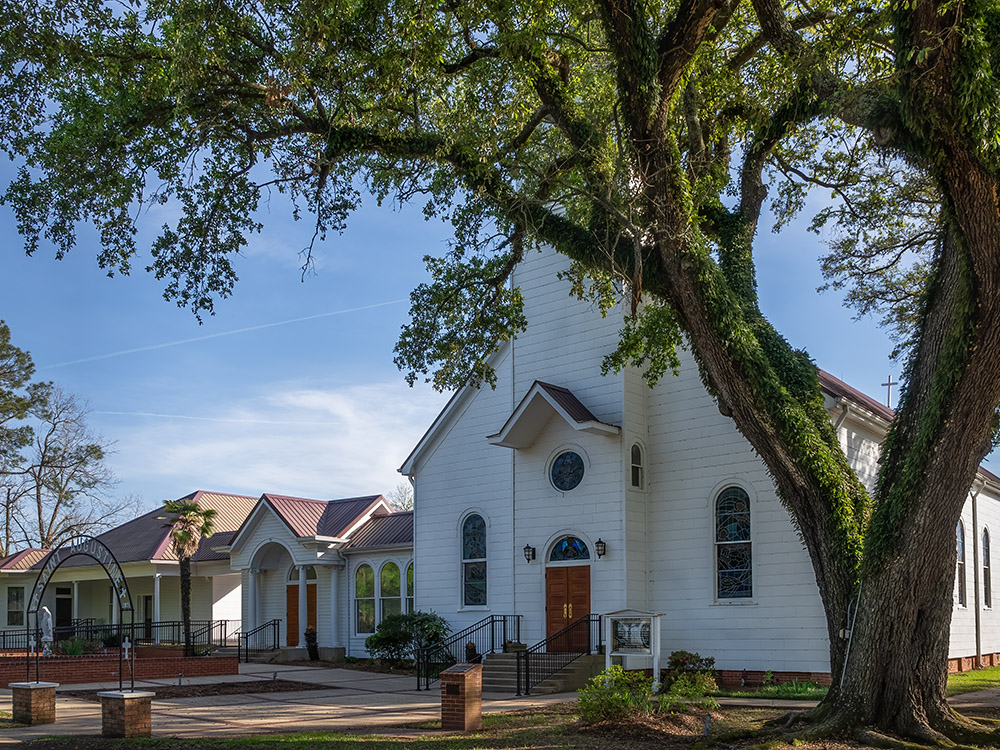


Named for the Adai Caddo
Geographic Features, Roads, Churches, and Communities in Louisiana and Texas
- Adai Caddo Cultural Center – cultural center, museum, and pow wow grounds of the Adai Caddo in Natchitoches Parish
- Adai Caddo State Designated Tribal Statistical Area – U.S. Census Bureau area in Louisiana
- Adai Trails – today known as the Contraband Trail or the El Camino Real de los Tejas, which is part of the NPS National Trail System
- Adaie Village – “Adai” main village of the Adai Caddo in the 18th century located on the El Camino Real and Rio de los Adais near the bygone town of Pendleton and Pendleton Bridge (submerged by Toledo Bend Reservoir)
- Adois – “Adai”, the bygone community located NW of Robeline, LA with references in Natchitoches property deeds
- Ataho Bayou – “Adai Bayou” and today known as Little River on Isle Brevelle (island named for Adai Caddo Indian Jean Baptiste Brevel II) in Natchitoches Parish
- Ataho Mound – “Adai” Indian mound on Melrose Plantation on Isle Brevelle
- Ataho Plantation – “Adai Plantation” today known as Atahoe Plantation located on Isle Brevelle. Originally part of Prudhomme’s Bermuda Plantation, which was divided into Oakland Plantation on the west bank and Ataho Plantation on the east bank.
- Ataho River – “Adai River” and today known as Little River on Isle Brevelle
- Attoyac – “Adai” and community in Nacogdoches County, Texas
- Attoyac Bayou – “Adai Bayou” and formerly known as Attoyac River in Rusk and Nacogdoches Counties forming Sam Rayburn Reservoir
- Attoyac Church & Cemetery – “Adai” church and cemetery in San Augustine, Texas
- Bayou Adaise – “Adai Bayou” and today known as Dolet Bayou in DeSoto Parish, renamed after Pierre Dolet whose land grant called the waterway Bayou Adaise
- Bayou Adois – “Adai Bayou” in Natchitoches and Sabine Parish
- La Laguna de los Adais – “Lake of the Adai” and today known as Spanish Lake, the community of Spanish Lake, and Spanish Lake Highway (LA 485) in Natchitoches Parish
- Los Adaes – “the Adai” and the first capital of Texas for approximately 50 years in Natchitoches Parish
- Los Adaes State Historic Site – “the Adai” Louisiana State Park located in Natchitoches Parish
- Los Adais Road – “the Adai Road” in DeSoto Parish
- Old Adai Villages – bygone villages located near Bayou Pierre in Evelyn, LA with references in DeSoto and Natchitoches property deeds
- Presidio Nuestra Señora del Pilar de Los Adaes – “Fort of Our Lady of Pilar at the Adai” and the first Spanish fort in Louisiana
- Rio de los Adiais / Rio de los Adais – “River of the Adai” and today known as the Sabine River forming the border between Louisiana and Texas
- San Miguel de Cuellar de los Adaes – “Saint Michael of Cuellar (Duke and Viceroy of New Spain) of the Adai” and the second Catholic mission in present-day Louisiana
- San Miguel de Linares de los Adaes – “Saint Michael of Linares (Duke and Viceroy of New Spain) of the Adai” and the first Catholic mission in Louisiana

The name Adai is derived from the Caddo hadai, "brushwood," a conspicuous feature of the Adai territory.
Coming Soon...Adai Caddo Villages
Locations of villages in Louisiana and Texas

Coming Soon...Named for the Adai Caddo People

Coming Soon...Chiefs
Centuries of Leadership
Chiefs and Vice Chiefs

We are the Adai Caddo
We are the first peoples of Louisiana and Texas. We have resided here since time immemorial. We have always been on this land. We never left. We never sold or traded our lands. We never signed a treaty giving away our lands, our identity, or our rights. Our ancestral burial mounds and places of worship are still here and maintained by our people to this day. We still bury our people on these lands.
We are a proud tribe of the Caddo Confederacy, which once ruled over large portions of Louisiana, Texas, Arkansas, and Oklahoma.
We are among the founding fathers of Louisiana, Texas, and the United States. We took in the European immigrants. We fed them. We taught them how to hunt and fish. We protected them from other Indians. We gave them a place to live and raise a family. We intermarried and raised families together in peace.
We are protectors and patriots. We fought alongside our metis family, united against the British in the American Revolution, giving birth to a new nation. We fought alongside them again in the War of 1812, saving New Orleans. The old and the new governments recognized our chiefs and our tribe for our centuries of allegiance and bravery. We were honorable, never going back on our trade or military agreements. Our honor and sovereignty have always been intact. Even today, over 25% of the men in our tribe have served in the US Armed Forces. We have repeatedly made the ultimate sacrifice for our country.
We are a spiritual people. We have always been a people of great faith. We helped build, maintain, and protect the first Catholic missions in the state, both of which bear our name. Over the centuries, we continued to build churches and support missions in the disputed No Man’s Land and Côte Joyeuse. Today, we continue on our spiritual journey, worshiping at many of these same historic churches while taking great care of our ancestors’ tombs under the love and grace of Saint Kateri Tekakwitha and Saint Anne, our patron saint.
We are teachers. We are committed to teaching our history and our culture to our children and the world. For the first time in generations, we are openly speaking and teaching our language, publishing books and videos, and celebrating our ancient way of life.
Join us on this journey as we forge our people’s next chapter.

